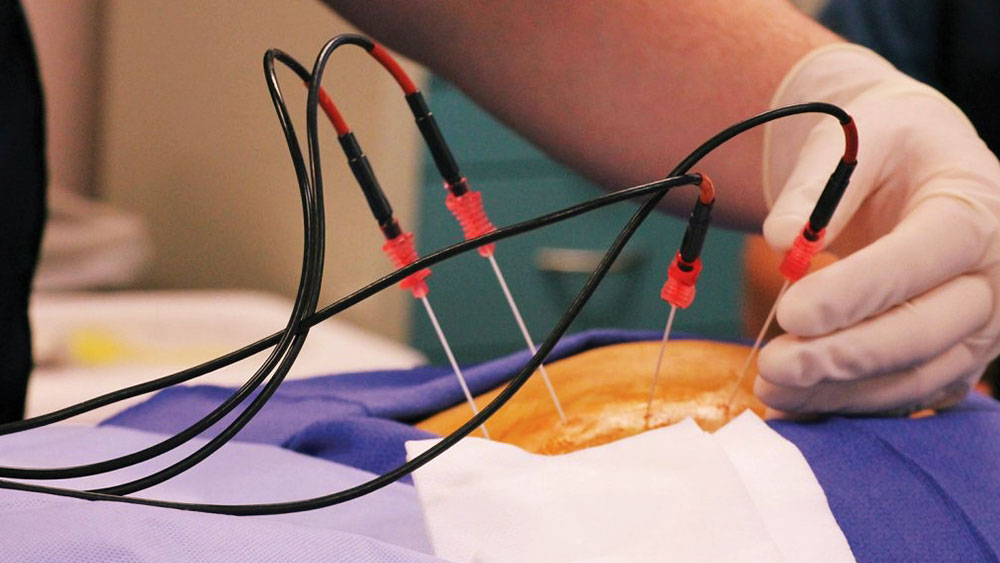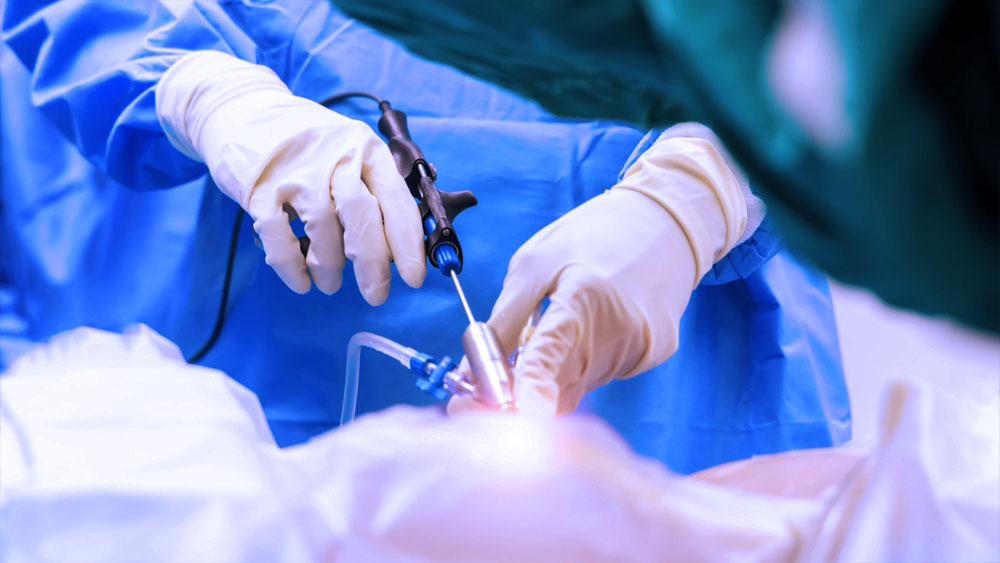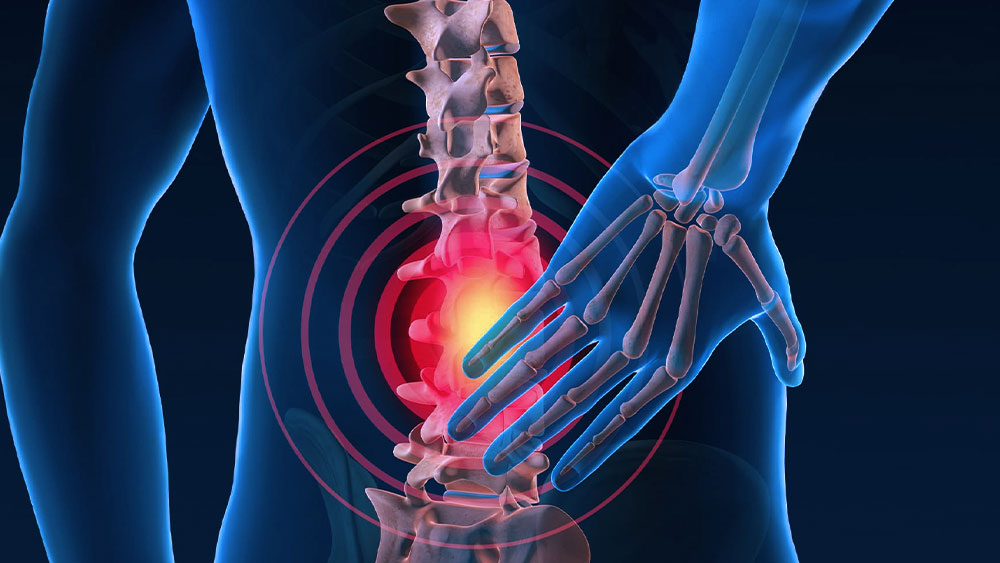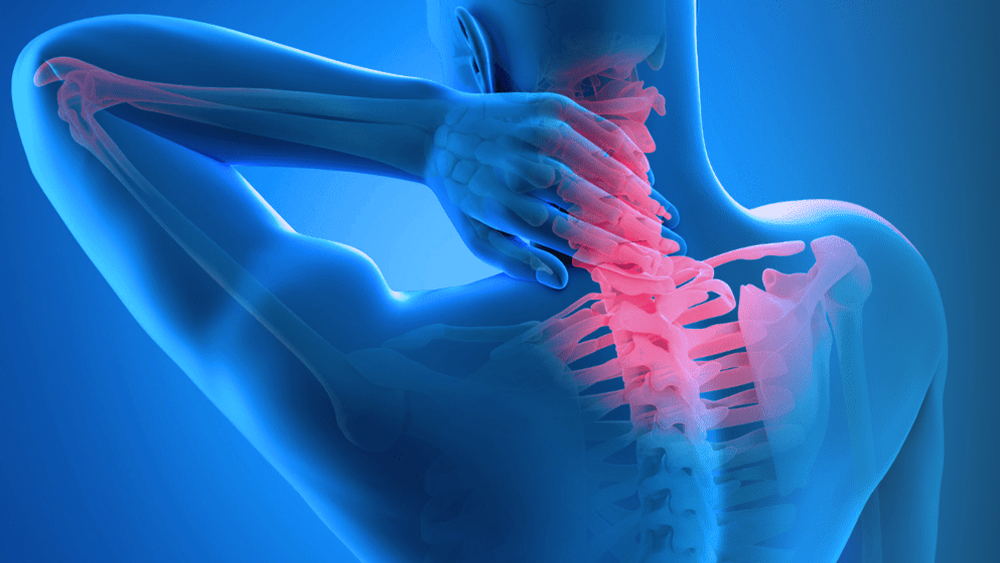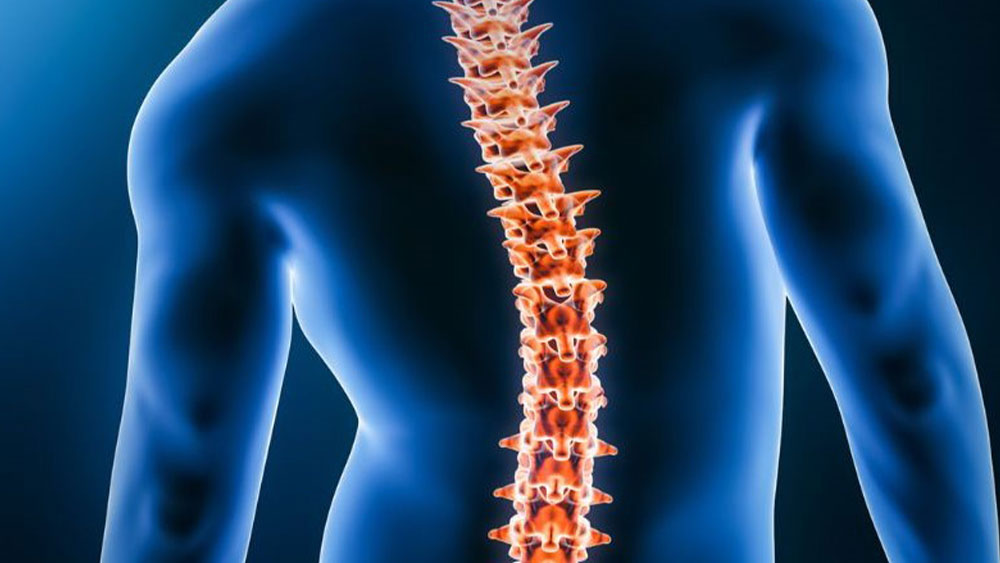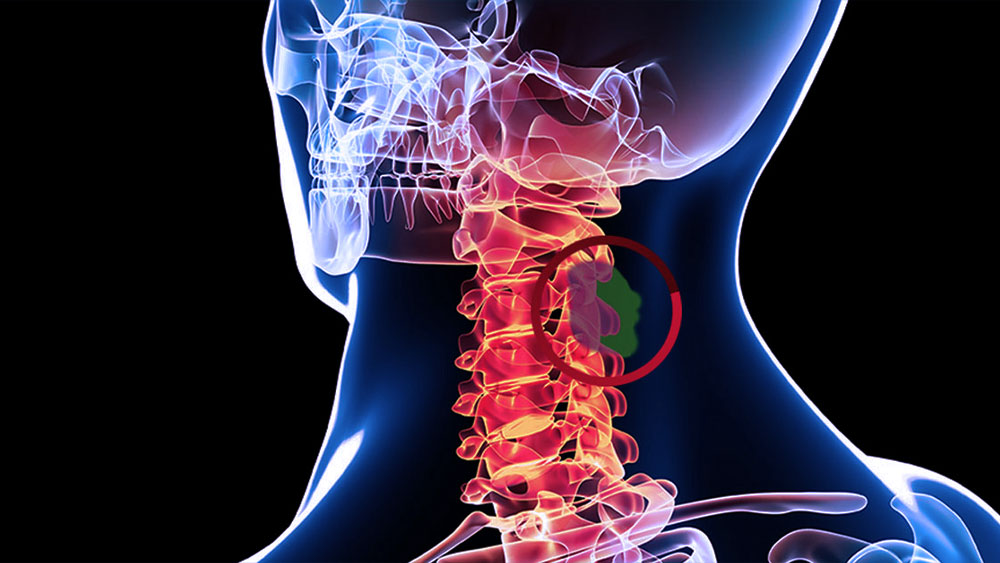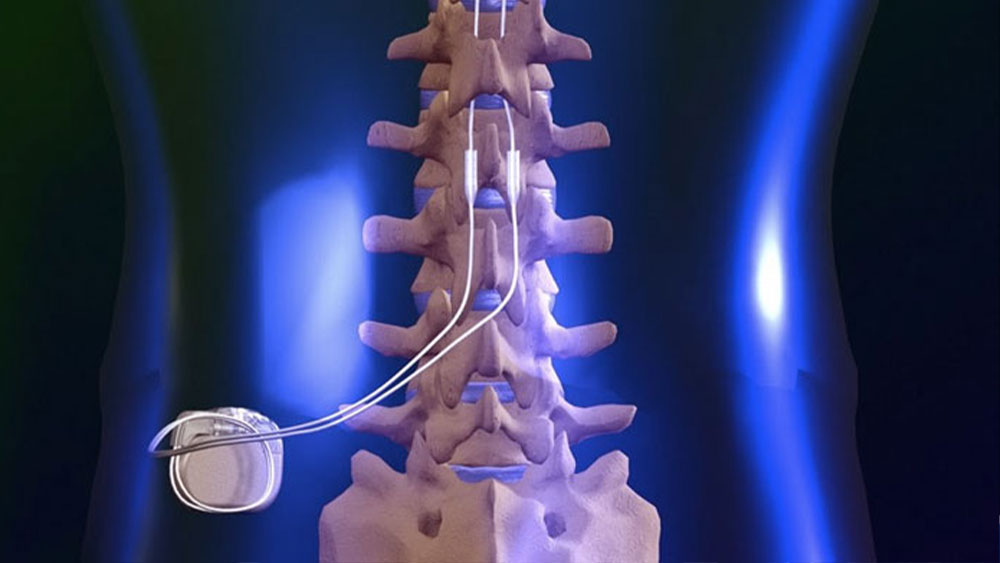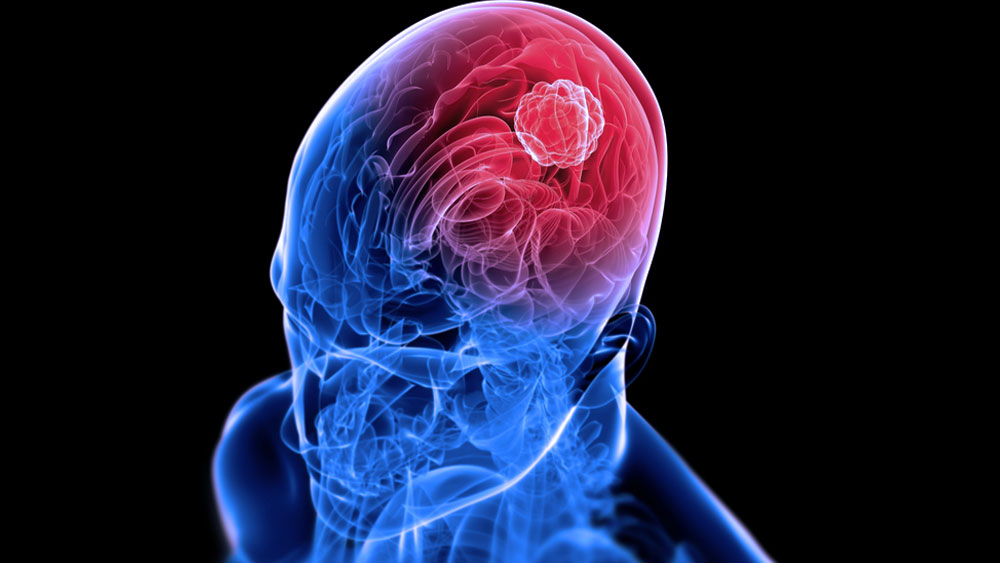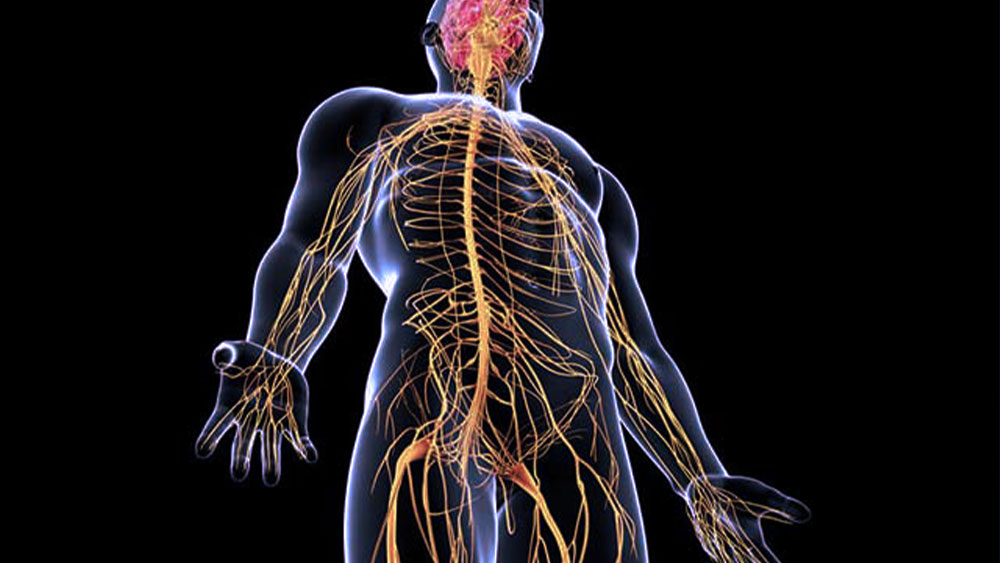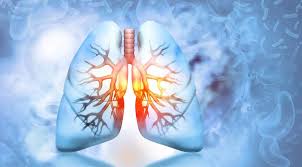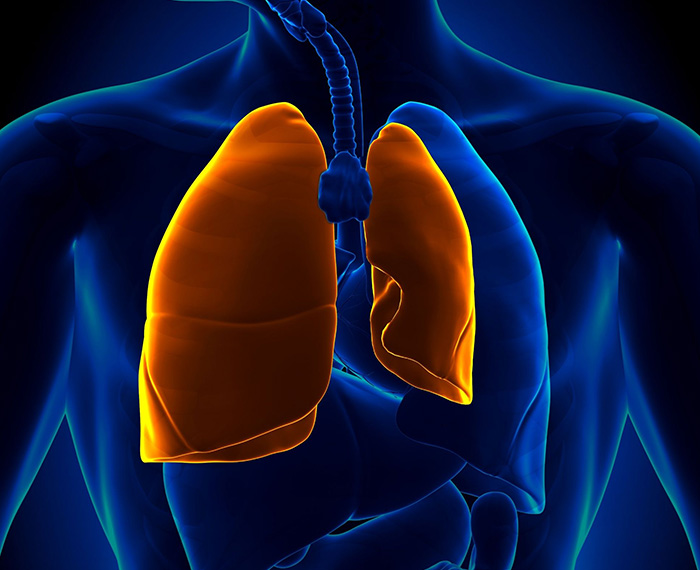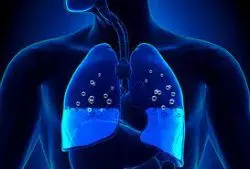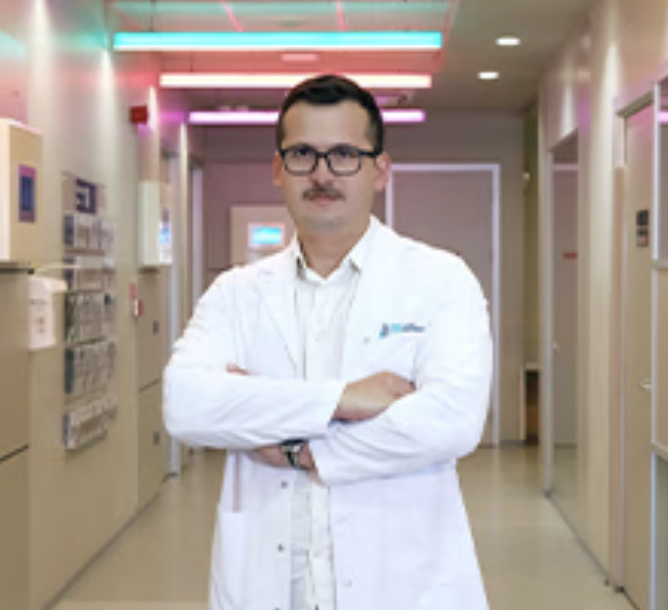What is Lung Cancer?
Lung cancer occurs when cells in the lungs grow uncontrollably. It originates from mutations in the DNA of cells, which can be triggered by natural aging or environmental factors such as smoking, asbestos exposure, or radon gas.
According to studies in Turkey, lung cancer affects 75 per 100,000 men and 10 per 100,000 women annually, with about 30,000 new cases expected each year. Lung cancer is a leading cause of cancer-related death worldwide, accounting for approximately 20% of all cancer fatalities.
Types of Lung Cancer
Lung cancer is broadly classified into two main types:
-
Small Cell Lung Cancer (SCLC):
This is a fast-growing and rapidly spreading type, representing 10–15% of lung cancers. It is strongly associated with smoking and rarely occurs in non-smokers. At diagnosis, the disease is often widespread, but it responds well to chemotherapy. -
Non-Small Cell Lung Cancer (NSCLC):
The most common type, accounting for 85–90% of cases, with three main subtypes:
-
Adenocarcinoma: More frequent in women and non-smokers.
-
Squamous Cell Carcinoma: More common in men and closely linked to smoking.
-
Large Cell Carcinoma: Rare and prone to spread to distant organs.
Risk Factors
-
Smoking: Responsible for 90% of lung cancer cases; passive exposure also increases risk.
-
Asbestos: Inhaled fibers damage the lungs and increase mesothelioma risk.
-
Radon gas: Long-term exposure is a risk factor.
-
Family history, air pollution, high arsenic in drinking water, and prior radiation therapy also increase risk.
Symptoms
Early-stage lung cancer often shows no symptoms. As the disease progresses, symptoms may include:
-
Cough, sputum, blood-stained sputum
-
Shortness of breath, hoarseness
-
Chest, shoulder, or back pain
-
Recurrent respiratory infections
-
When metastasized: headache, bone pain, unexplained weight loss, fatigue
Diagnosis
Diagnosis begins with clinical evaluation and imaging. Definitive diagnosis requires a biopsy of lung tissue, which can be performed via needle biopsy, bronchoscopy, or surgical methods. Pathological examination is crucial for determining the cancer type and guiding treatment. Additional tests include PET-CT and brain MRI.
Treatment
Treatment is based on tumor type, stage, and patient condition:
-
Surgery: Preferred for early-stage NSCLC. Procedures include lobectomy, segmentectomy, or pneumonectomy.
-
Radiotherapy: Used when surgery is not possible or for symptom control.
-
Chemotherapy: Stops tumor growth and can be combined with surgery or used alone in advanced stages.
Low-dose CT screening can help early detection, especially for people aged 55–74 with heavy smoking history or recent quitters. Studies show that early diagnosis can reduce mortality by 20%.

